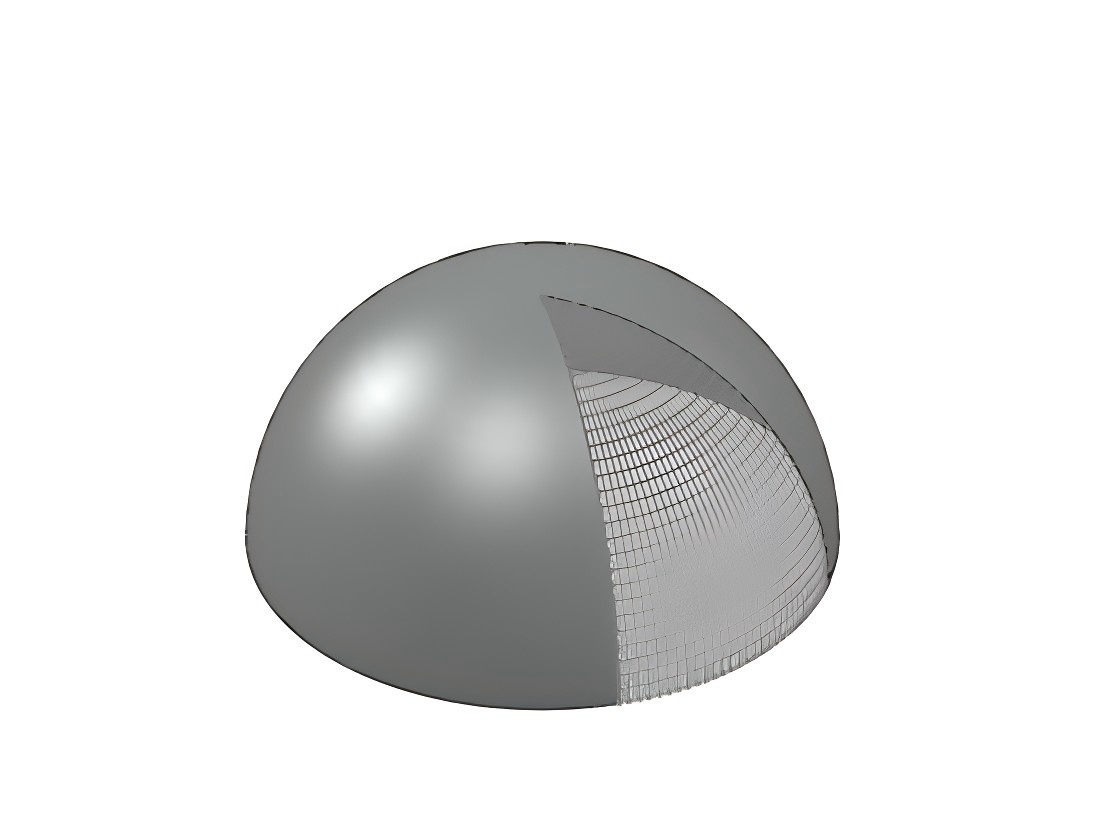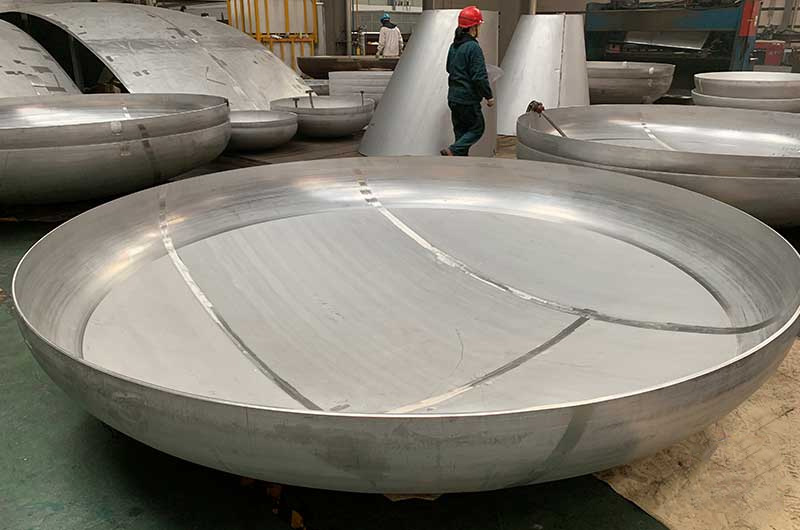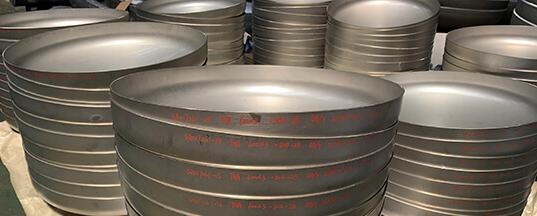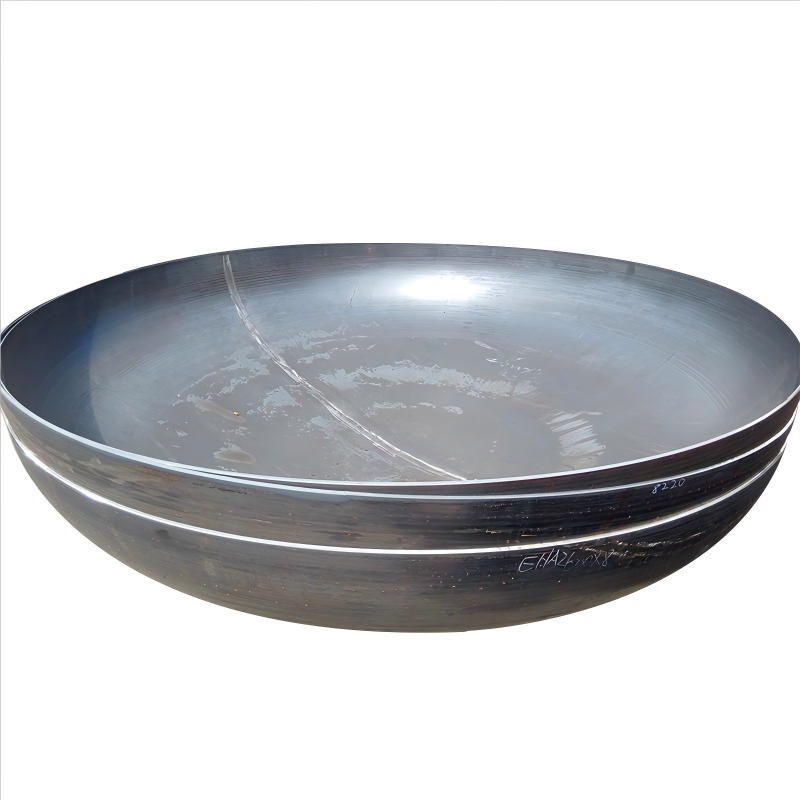What are the differences between elliptical heads and torispherica heads?
Upload Time:
Dec 12, 2024
The elliptical head is composed of half an elliptical sphere and a straight edge section, spherical head with folded edge, also known as butterfly head.
The elliptical head is composed of half an elliptical sphere and a straight edge section. It absorbs the advantages of good stress of the hemispherical head and shallow depth of the dished head. Since the meridian curvature of the elliptical part is smooth and continuous, the stress distribution in the head is relatively uniform. The depth h of the elliptical head depends on the ratio of the long and short axes of the ellipse, that is, the ratio of the inner diameter Di of the head to twice the depth of the head (Di/2h). The smaller the ratio, the greater the depth of the head, the uniform stress and thin wall, but difficult to manufacture; the larger the ratio, the smaller the depth of the head, easy to manufacture, but the stress state is poor and the wall thickness increases. Therefore, the value of Di/2h is generally not greater than 2.6. When Di/2h=2, it is a standard elliptical head, which is a commonly used head in pressure vessels.
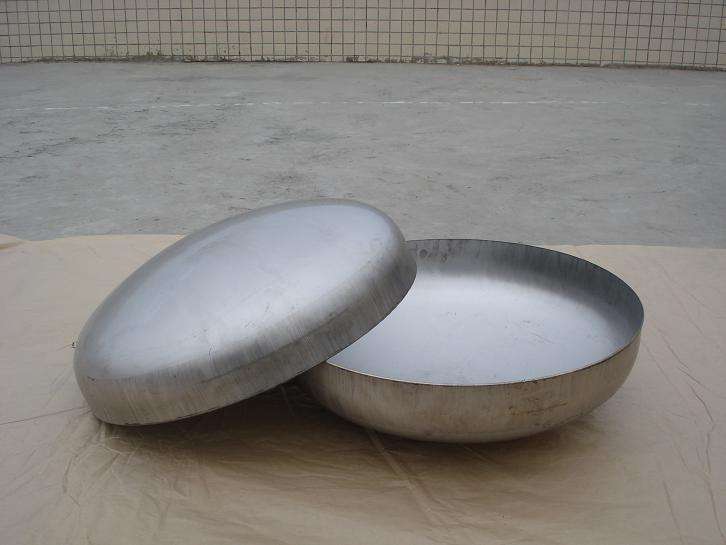
Compared with the elliptical head, the stress distribution is not as uniform, but it is easier to process, so it is not ideal in engineering use. However, when the mold processing of the elliptical head is difficult, the dished head is used instead. Implementation standard: GB/T25198-2010.
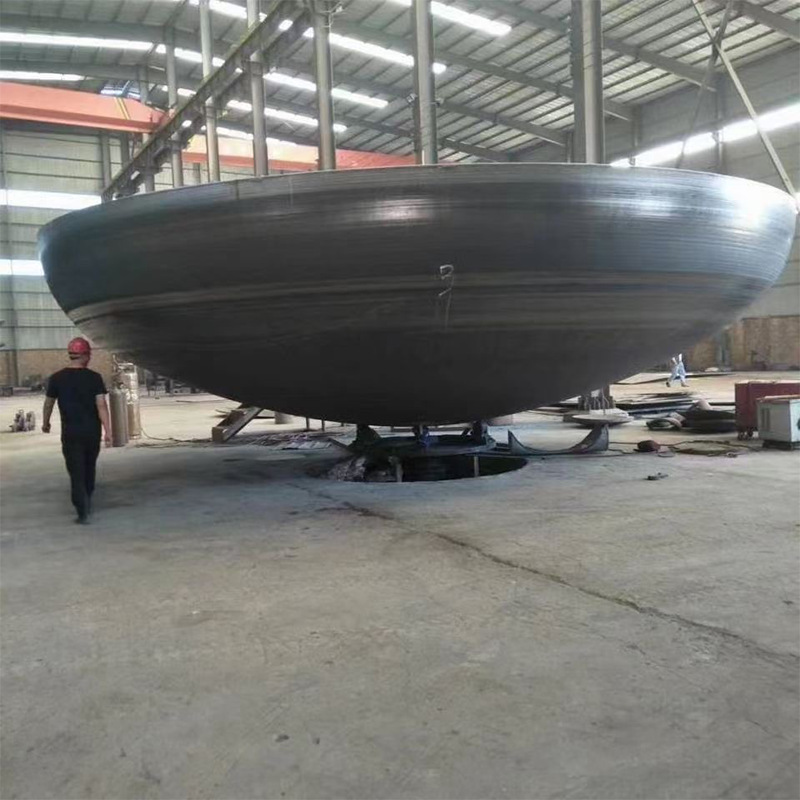
The difference between the elliptical head and the butterfly head: Regarding the elliptical head and the butterfly head, customers often cannot tell them apart, and their appearances look almost the same. Elliptical head: refers to a head composed of a half-circle arc with a ratio of 2:1 as the base and a straight edge; butterfly head: consists of a spherical surface, a cylindrical straight edge at a certain height and a transition part connecting the above two parts with a curvature radius smaller than the radius of the spherical surface; the characteristics of the butterfly head are: the butterfly head is a continuous curved surface, and the meridian curvature radius has a sudden change at the connection of the three parts. Compared with the elliptical head, the stress distribution is not as uniform, and the cost is slightly lower than that of the elliptical head.
The most essential difference between elliptical heads and butterfly heads lies in their appearance. The bottom surface of the elliptical head has a larger arc, which is similar to the shape of a hemisphere, and the depth is higher than that of the butterfly head; while the bottom surface of the butterfly head has a larger arc. The arc is flatter, but similar to a flat-bottomed head, so the depth is shallow. Because of this, the manufacturing of elliptical heads will be more difficult, but its pressure-bearing effect is better than that of butterfly heads. Therefore, among general high-pressure vessel sealing components, a round head is chosen for sealing.
Comparison of stress states between oval-shaped heads and dish-shaped heads.
The elliptical head and the dish-shaped head are respectively composed of an elliptical shell and a dish-shaped shell and a cylindrical straight-side section with a height h. The elliptical shell is formed by a continuous elliptical line as the generatrix, while the shell of the dish-shaped head is composed of a spherical shell with a radius R (close to its cylinder diameter R=(019~110)D) and a spherical shell with a radius of It is composed of two parts of the transition section of r, which is also the flanged spherical head. In terms of curvature changes, both the elliptical head and the dish-shaped head have the discontinuity of the shell and the straight edge section, while the dish-shaped head also adds the discontinuity of the spherical surface and the transition section. Discontinuities mean sudden changes in stress due to sudden changes in curvature. Here are the stress distribution diagrams of standard elliptical heads and dish-shaped heads with similar shapes (same diameter and height) as standard elliptical heads!

Relevant News
